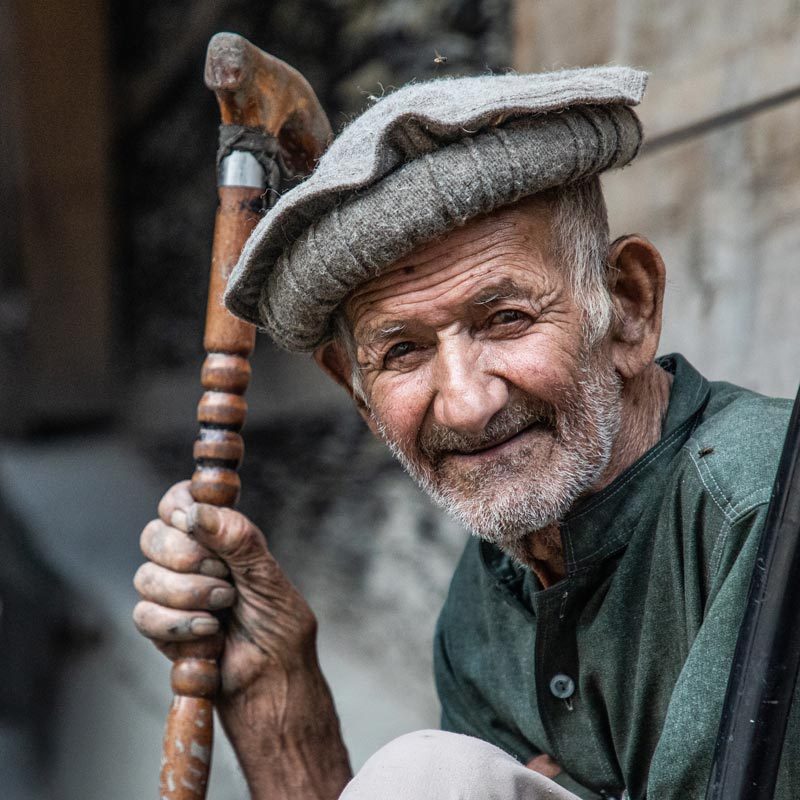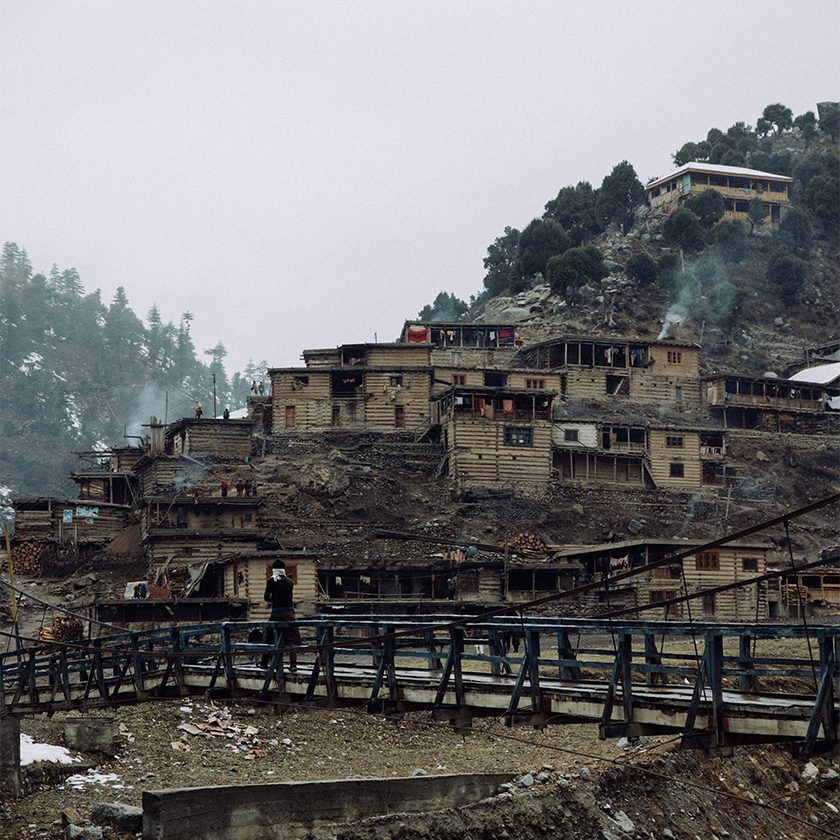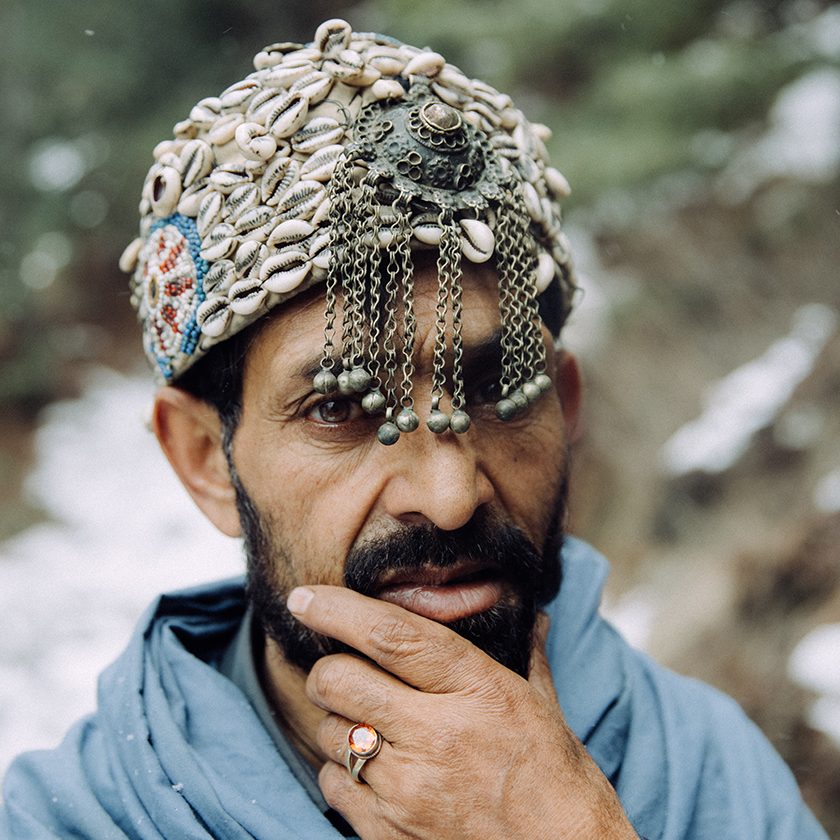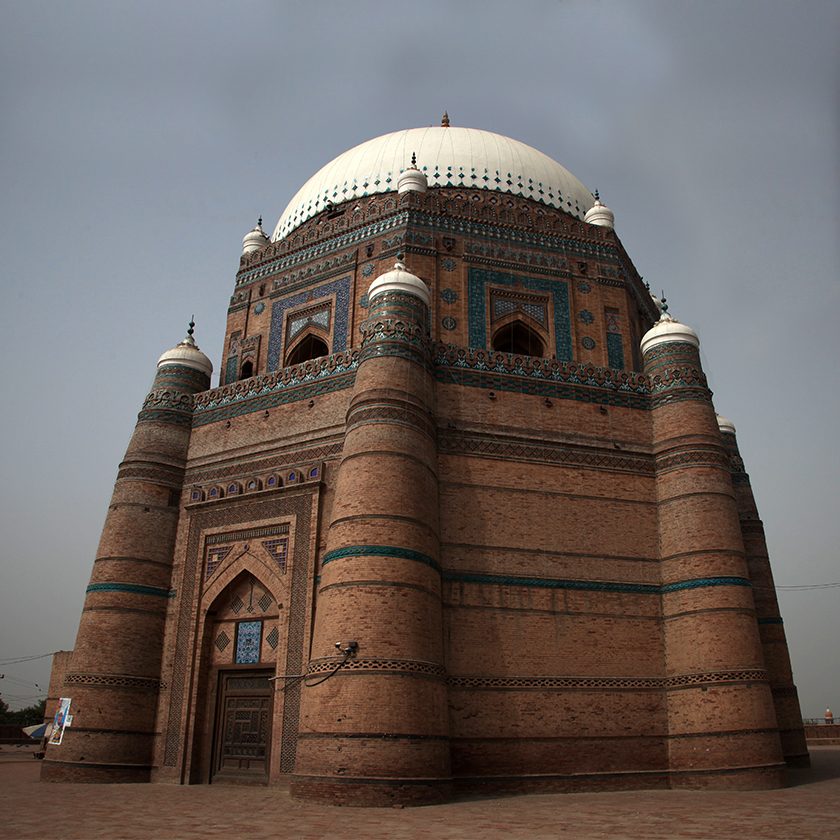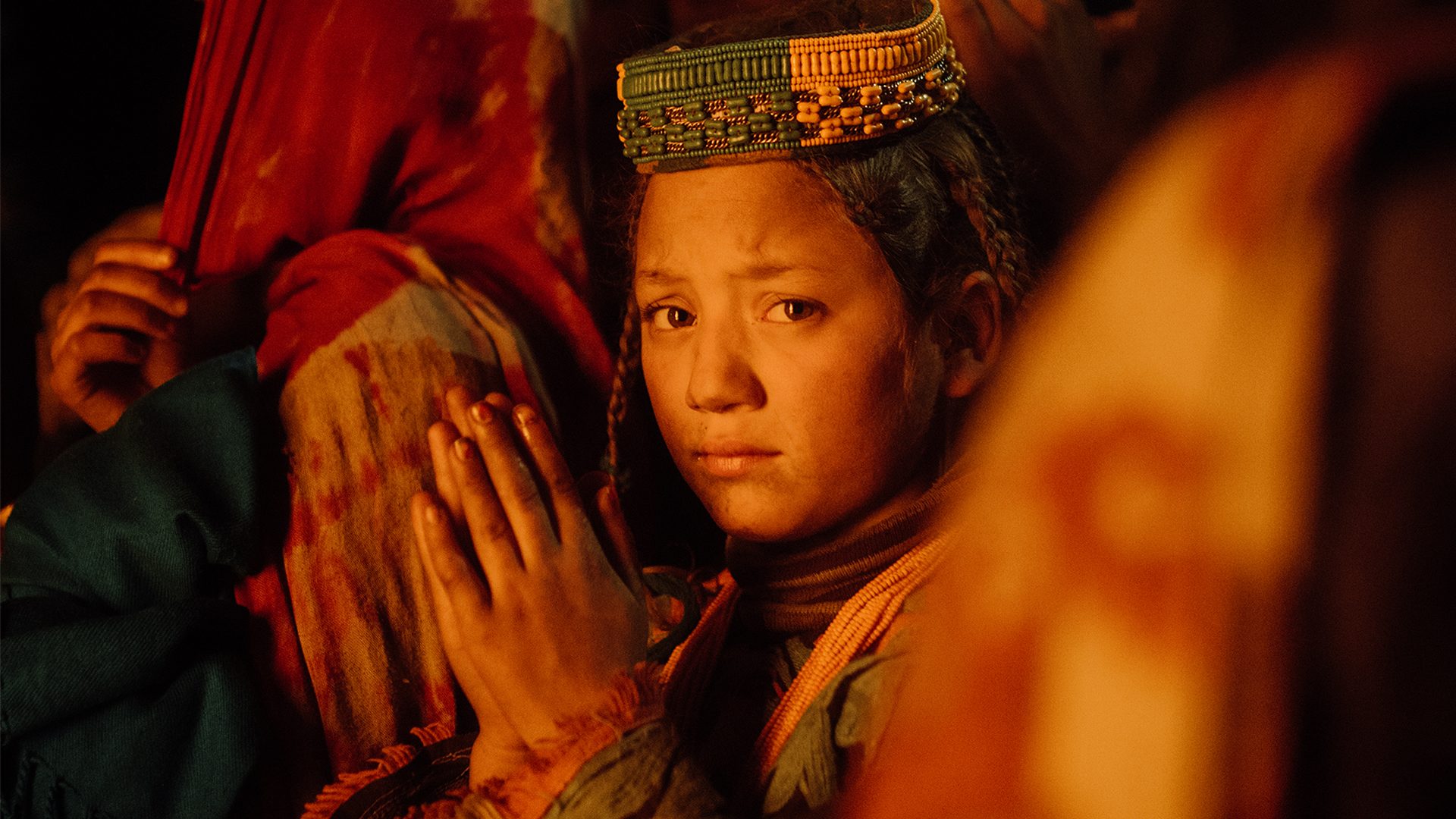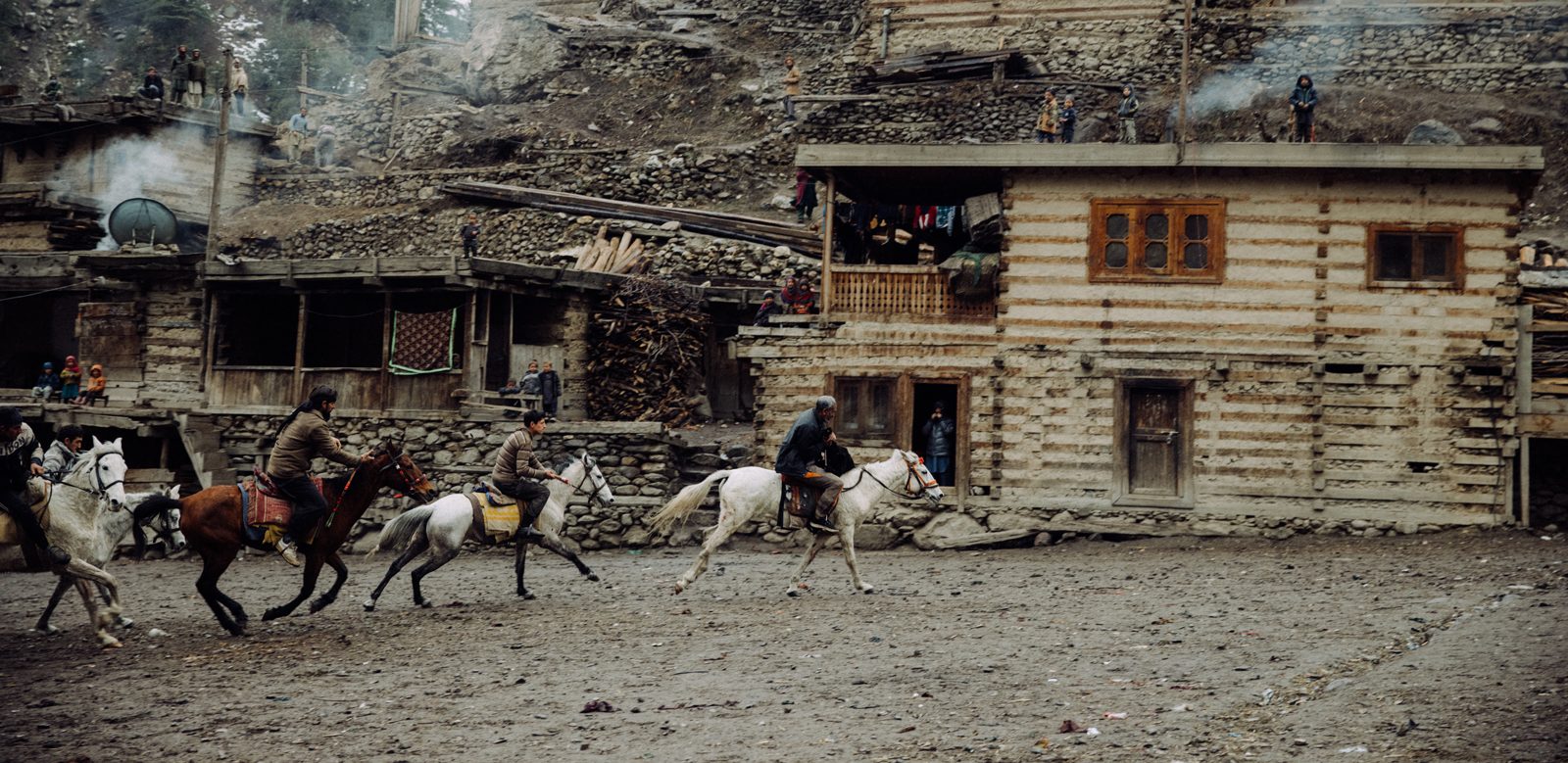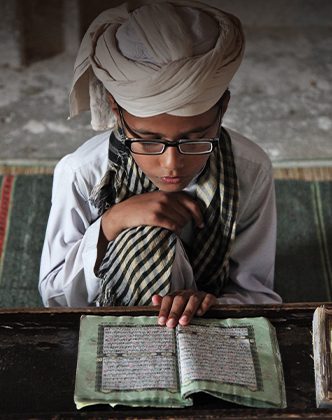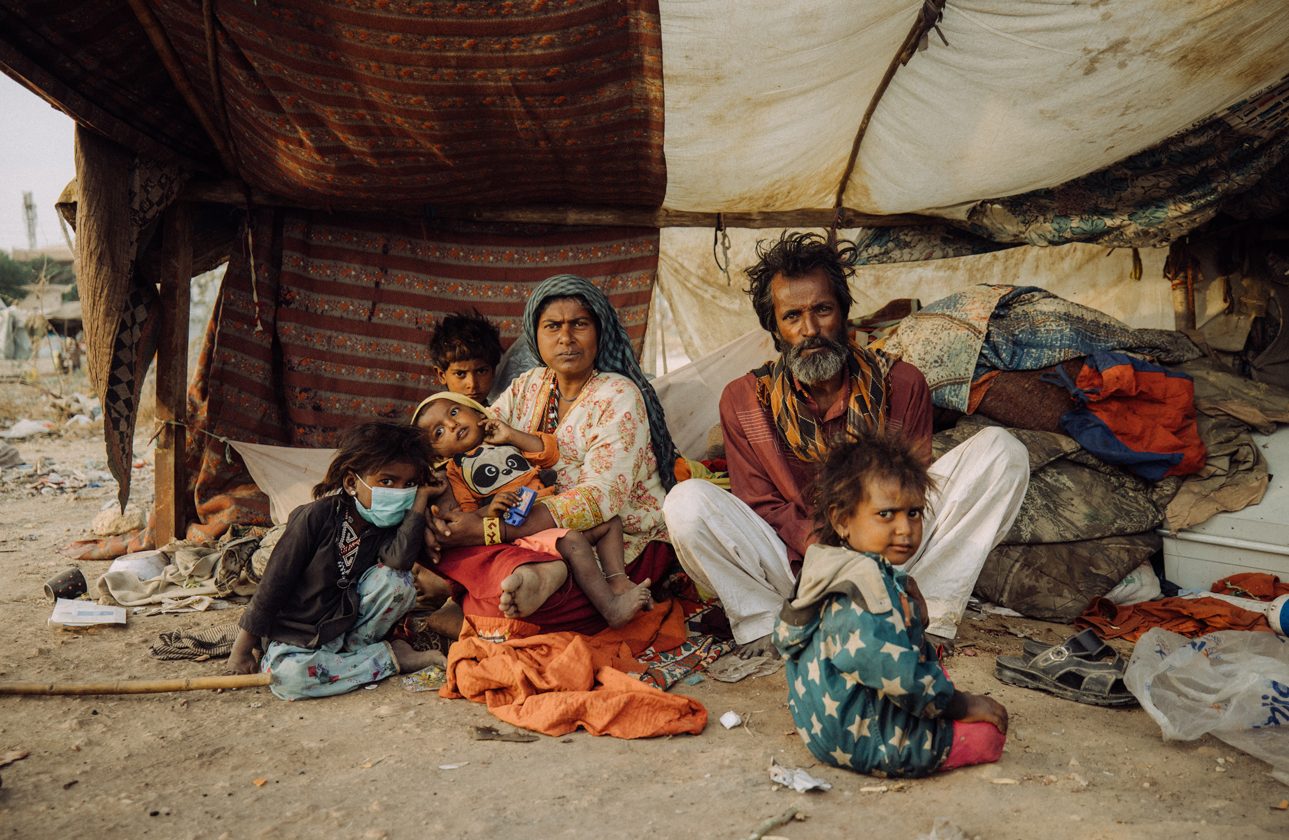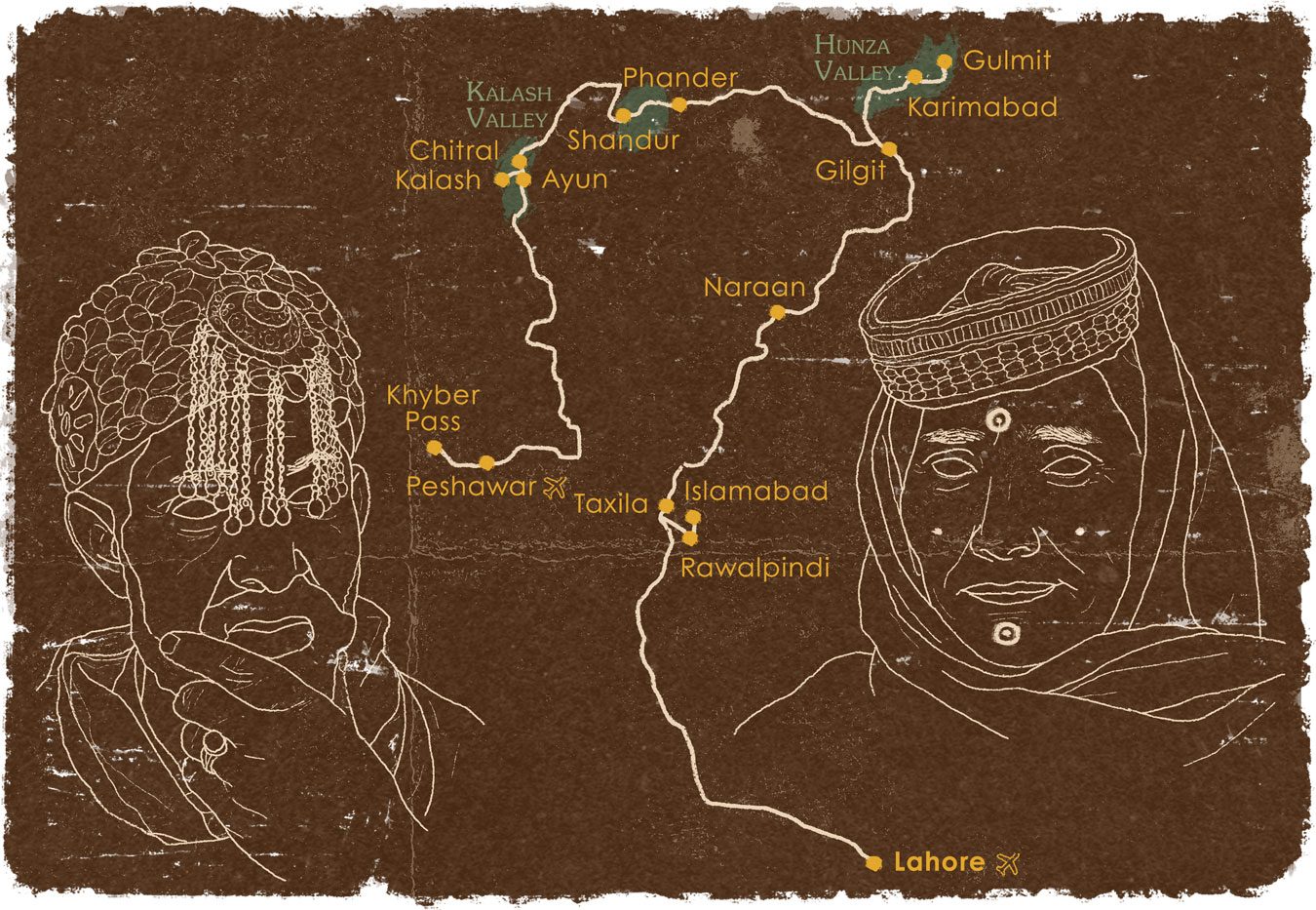Mythical and magical cities
Lahore is Pakistan's most beautiful city, cultural and artistic center and former capital of Punjab before the partition between India and Pakistan in 1947. We will visit Taxila, a World Heritage Site. Political and cultural center of the Gandhara kingdom, it was built at the confluence of the three main trade routes: the Bactriana towards central Asia, the Kashmir towards India and the Khunjerab pass towards China. On the way back from the Kalash valleys we will immerse ourselves in Peshawar: a mythical ancient border city, located on the Karakorum road, a strategic point on the Silk Road, east of the Khyber Pass through which the Persian Empire, Alexander the Great, the Mughals and Marco Polo passed, and even Churchill !. Cultural crossroads and hotbed of intrigue and conspiracy, where history is breathed everywhere.
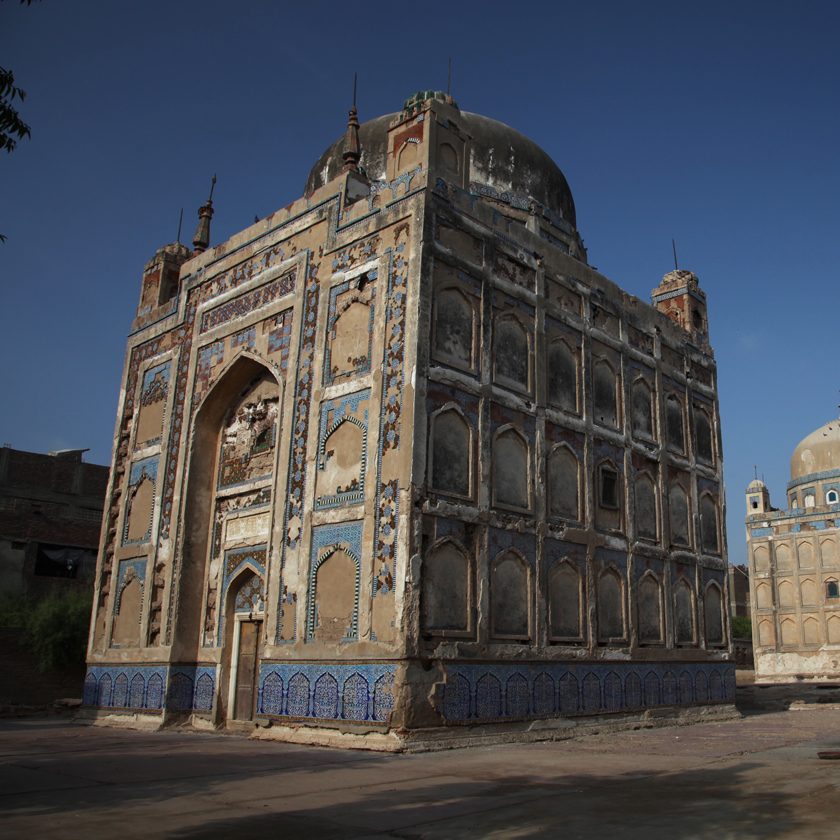
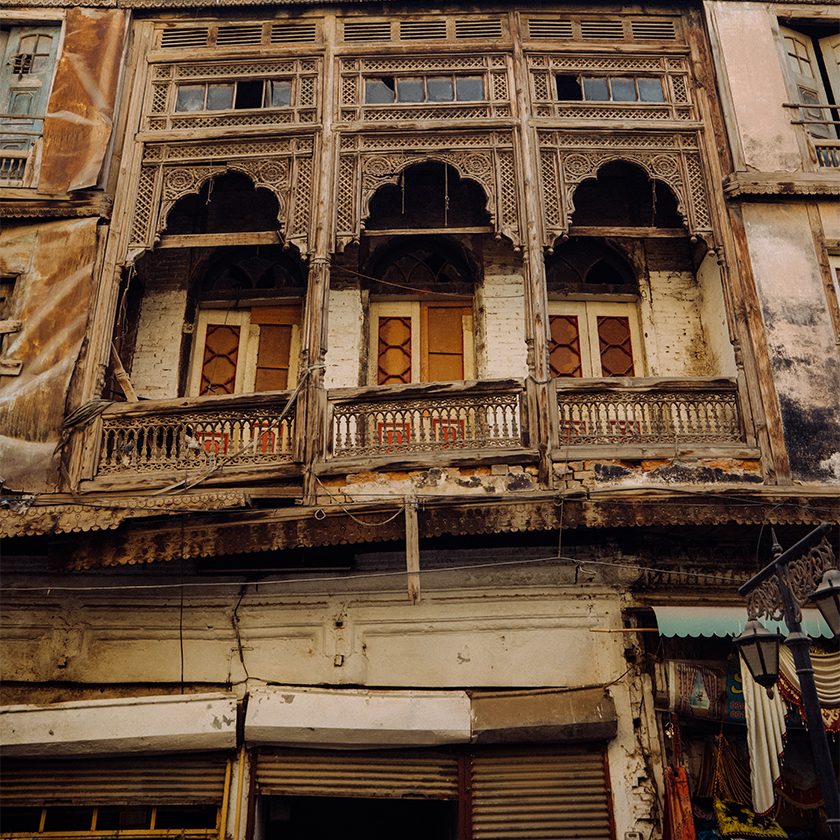
Karakorum route and valleys of the Himalayas
Route through impressive Himalayan landscapes along the Karakorum Highway. We will penetrate the heart of the Hunza Valley (the Silk Road and one of the most beautiful places on the planet). Karimabad, the capital of the valley, is a small town in the mountains, with stone streets, neat, clean, with cafes and restaurants, stalls selling handicrafts and antiques. We will travel through the Himalayas to Phander, a beautiful mountain lake, with landscapes of great beauty that will lead us to the mountain kingdoms of Chitral and Ayún to reach Rumbur, a small isolated valley where an ancient culture of unknown origin has been preserved: we are talking about the Kalash people.
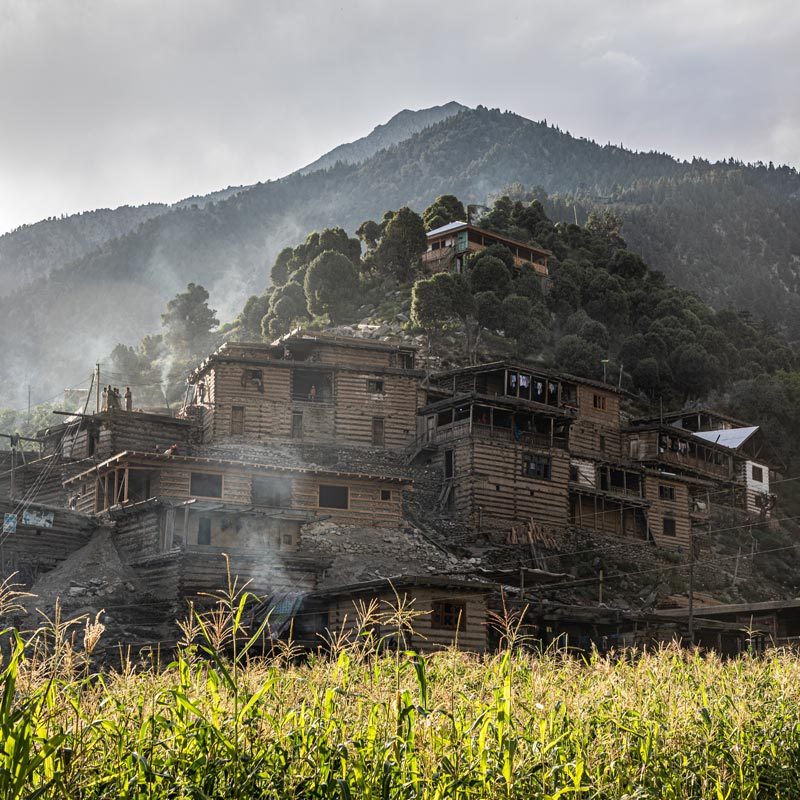
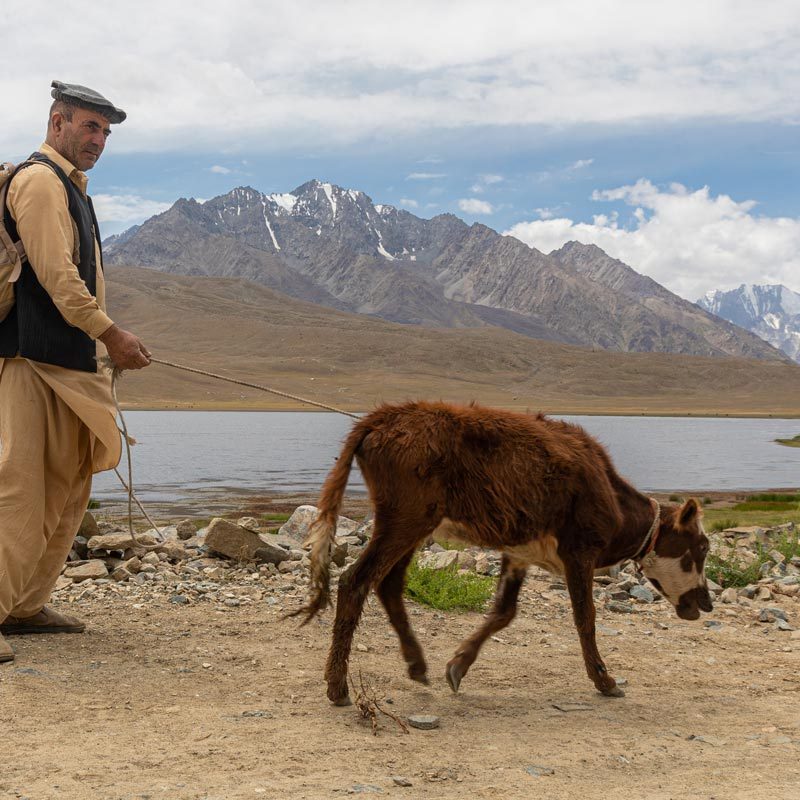
Millennial cultures and the last animist tribes
In the villages of the Hunza Valley we will meet empowered women and men with their self-managed projects. Here all the people are educated and Ismaili, with the Aga Khan as the leader of the religion. In the Shandur Pass, where the highest Polo Tournament in the world is held, we will discover the tribes that invented this sport and that the British adopted as their own. The animist women of the Rumbur Valley continue to wear their traditional clothing and wear intricate headdresses of beads and seashells. It is certainly an amazing image. Islam is advancing in this valley, but 50% of its inhabitants continue to practice ancient pagan rituals related to the seasons and mountain spirits. The Kalash are the last people of the Himalaic religion in the Hindukush. The physical appearance of men and women is surprising (fair skin, green and blue eyes, many blondes and blondes ...). There is an unproven theory that they are descendants of soldiers of Central European origin who were part of the troops of Alexander the Great who passed through this region on his way to India.
